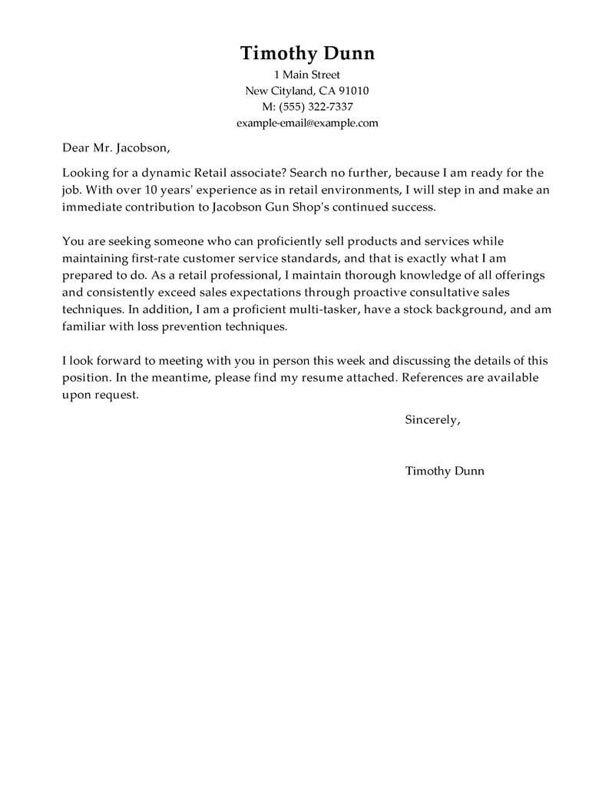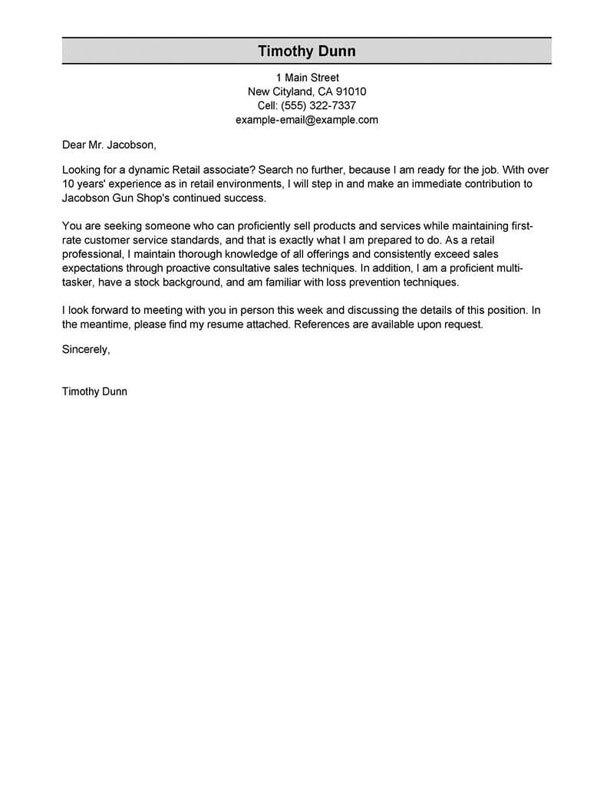TABLE OF CONTENTS
Research Assistant resume
summary examples
The first impression an employer will have of you is when they read your resume summary. You’ve got to make this section count because a recruiter will spend an average of seven seconds scanning your resume.
This section is a brief statement of your most impressive and relevant career highlights. You’ll pick professional achievements that resonate with the employer’s requirements for this job.
The most common approach for this section is the professional summary because it focuses on sharing job-relevant achievements.
On the other hand, the objective statement is the ideal approach for inexperienced candidates because it showcases your goals and the skills you have to make them possible.
Determine which approach is right for you with examples of a professional summary and an objective statement.
Good example:
“ I am a highly motivated Research Assistant with a proven track record of delivering results in the water efficiency field. I have extensive experience in conducting research, collecting data, and analyzing results. My strong analytical skills and attention to detail have enabled me to successfully identify and implement innovative solutions to complex problems.”
Why this example passes:
- Feature candidate’s success statistic to grab attention. Numbers add detail about how big the results you deliver are, e.g., test scores, passing rate and more.
- Shows career length, 11 years.
- Mentions employer-desired skills: student motivation and interactive lessons.
Bad example:
“ Recent college graduate with a passion for research and data analysis. Possess strong organizational and communication skills. Looking to leverage my skills and knowledge to contribute to a research team.”
Why this example fails:
- Doesn’t include any numbers that quantify research assistant’s performance
- Uses vague descriptions and skills.
- Doesn’t include years of teaching experience.
The fastest way to write your
professional summary
Prove your value as a Research Assistant with a sharply written professional summary. You can choose from expert-written content suggestions using our Resume Builder!
- 1
Enter the details about the job title you held. The builder comes preloaded with auto-suggested phrasing written by resume experts.
- 2
Then, just pick from these suggested phrases that best frame your experience and customize them to your liking!
- 3
All you have to do is choose the summary phrases that best frame your experience. It’s like having a professional do it for you!
Our Builder is the quickest and easiest tool for writing a stellar Research Assistant resume. However, you can also dive deeper with our professional resume-writing services. Take advantage of all the tools LiveCareer offers and start landing interviews!
The reviews are in!
See what they’re saying about us on Trustpilot.
Research Assistant resume work
experience examples
One of the most important sections in any resume is the work experience. Writing a work experience section that demonstrates you have what it takes to thrive in the job is crucial to writing a resume. Recruiters want to see your unique achievements, so leave the generic job duties out. Use the following examples to understand better how to write this section.
Good example:
Rolling Meadows Middle School I Rolling Meadows, IL I 8/2018-current
- Assisted with research projects, collecting and analyzing data, and writing reports
- Conducted literature reviews, surveys, and interviews to inform research initiatives
- Developed research protocols and maintained accurate records of research activities
- Collaborated with faculty members and other research assistants to produce quality results.
Why this example passes:
- Numbers and statistics add detail and quantify the results this research assistant delivers: 4% improvement and a class size of 20-25.
- Good use of strong words and active language.
- References specialized value cahier provides with “individualized lesson plans.”
Bad example:
Emily Dickinson Elementary I Redmond, WA I 4/2022-present
- Assisted in the development of research projects
- Researched and analyzed data
- Compiled reports
- Answered questions and provided assistance to research team members.
Why this example fails:
- Lacks numbers or statistics.
- Describes general tasks, not teaching achievements or career highlights.
- Uses active verbs, but doesn’t focus on results.
Research Assistant resume skills examples
Here are 18 sample skills for research assistant:
- Problem-Solving
- Data Analysis
- Time Management
- Grant Writing
- Data Entry
- Quality Assurance
- Project Management
- Regulatory Compliance
- Event Planning
- Document Management
- Clerical Support
- Technical Writing
- Specimen Preparation
- Equipment Maintenance
- Project Planning
- Data Collection
- Search Engine Optimization
- Statistical Analysis
You should sprinkle skills and abilities throughout your resume. Include them in your professional summary, work experience blurbs and a dedicated skills section.
Examples of additional resume sections
Your Research Assistant resume must include five main sections: contact information, professional summary, work experience, skills and education. However, you can continue customizing your resume with additional sections for any other qualifications you possess.
Here are some examples of optional research assistant resume sections that you could add to provide greater detail:
- Languages
- Accomplishments
- Certifications
- References
- Additional skills
- Software
- Professional experience
- Additional information
Ensure you only share relevant qualifications in your resume’s additional sections. Better to have a concise resume that’s quick to read!
How to choose a resume format
0-3
Years of experience
Functional formats
- Focus on skills.
- Best for first-time research assistant who lack work experience.
- Good for people re-entering workforce.
- May omit dates in the work history section.
Organization:
- Skills listed above work experience.
3-10
Years of experience
Combination formats
- Balance skills and work history.
- Ideal for mid-career research assistant.
- Suitable for career changers and people seeking promotion.
Organization:
- Skills next to or above work experience.
10+
Years of experience
Chronological formats
- Put the most focus on work history.
- Best for research assistant with a long, steady career.
- Most popular format.
- Preferred by recruiters.
Organization:
- Work experience listed above skills.
More Research Assistant resume examples
Featured in:*

*The names and logos of the companies referred to in this page are all trademarks of their respective holders. Unless specifically stated otherwise, such references are not intended to imply any affiliation or association with LiveCareer.





